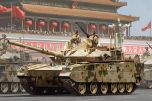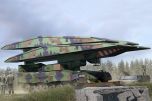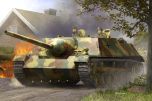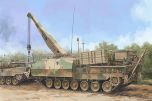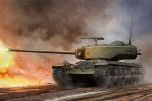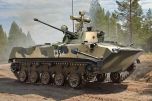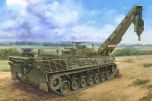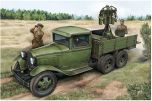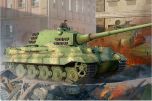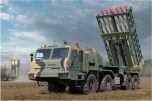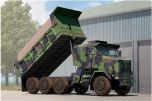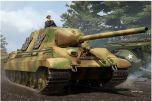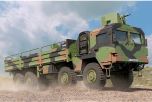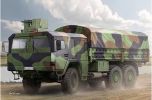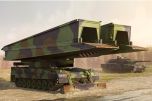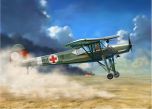Hobbyboss 1/35 Gaz-AAA with BM13/16 Katyusha # 84572
The GAZ-AAA with BM-13/16 Katyusha is a Soviet World War II-era rocket launcher system mounted on the GAZ-AAA, a three-axle light truck.
This mobile rocket artillery vehicle is one of the iconic early platforms used to deploy the famous Katyusha multiple rocket launcher, which was instrumental in providing rapid, concentrated firepower against enemy forces during the conflict.
The combination of the rugged GAZ-AAA truck chassis with the BM-13/16 rocket launcher made it a critical part of Soviet artillery forces, known for its ability to deliver devastating barrages of explosive rockets, earning the Katyusha the nickname "Stalin's Organ."
Key Characteristics and Features:
GAZ-AAA Truck Chassis:
Three-Axle Design: The GAZ-AAA is a 6x4 light truck based on the American Ford AA truck but adapted for Soviet production by GAZ (Gorkovsky Avtomobilny Zavod). The three-axle configuration provided greater stability and off-road capability, making it suitable for military use in harsh battlefield conditions.
Engine and Performance: The GAZ-AAA was powered by a 40-horsepower 4-cylinder gasoline engine, giving it a top speed of about 45-50 km/h (28-31 mph). While not fast, its rugged construction allowed it to traverse difficult terrain and tow light artillery, including carrying the heavy rocket launcher system and its ammunition.
Payload and Mobility: The truck had a payload capacity of 2 tons, sufficient for carrying the BM-13 or BM-16 launcher system and associated rockets. Its three-axle design provided improved traction and load-bearing capacity, allowing it to operate in difficult terrain, such as muddy or rough ground, which was common on the Eastern Front.
BM-13/16 Katyusha Rocket Launcher:
BM-13 and BM-16 Designation: The BM-13 refers to the 13-rocket variant of the Katyusha launcher, while the BM-16 refers to a version capable of firing 16 rockets. Both versions used the 132 mm M-13 rockets, which were the standard rocket used by Soviet rocket artillery during WWII.
Rocket Specifications: The M-13 rockets fired by the Katyusha were 132 mm in diameter and could carry a high-explosive warhead weighing around 22 kg (48.5 lbs). These rockets had a range of up to 5-8 kilometers (3-5 miles), providing long-range support to Soviet infantry and armored forces.
Salvo Fire: The BM-13/16 Katyusha system was designed to fire rockets in rapid salvos, delivering a powerful barrage of explosive firepower in a short time. A full salvo could be unleashed in less than 10 seconds, saturating a wide area with devastating explosive force. The psychological and physical impact of this barrage earned the Katyusha its fearsome reputation among both Soviet forces and their enemies.
Manual Loading: The rockets were loaded manually onto the launcher rails by the crew. After firing, the launcher had to be reloaded, which required time and crew coordination, but the advantage of launching multiple rockets in rapid succession outweighed the reload time.
Combat Effectiveness:
Mobility: The mobility of the GAZ-AAA truck chassis allowed the BM-13/16 Katyusha to be used in a variety of battlefield conditions. Its relatively light weight allowed it to be quickly repositioned after firing, avoiding counter-battery fire from enemy artillery. The "shoot-and-scoot" tactic was commonly employed with these launchers to ensure their survival after delivering a rocket barrage.
Massed Firepower: The primary strength of the Katyusha system lay in its ability to deliver a massed, concentrated barrage of high-explosive rockets. When multiple launchers were used in coordinated attacks, entire sections of enemy defenses, troop concentrations, or logistical points could be overwhelmed with devastating firepower. This made Katyusha units extremely effective in offensive operations, such as those carried out by the Red Army during its push toward Berlin.
Psychological Impact: The Katyusha’s characteristic high-pitched screeching sound during launch became a source of fear among German troops, adding a psychological dimension to its battlefield effectiveness. The sudden, overwhelming nature of a Katyusha salvo could demoralize and scatter enemy forces, making it a valuable tool in breaking enemy defensive lines.
Limitations:
Accuracy: Despite its immense firepower, the BM-13/16 Katyusha was not known for pinpoint accuracy. The rockets were unguided, and while they could cover a large area, their effectiveness depended on firing large numbers in concentrated barrages. It was more suited for area bombardment than precision strikes.
Reload Time: After firing a full salvo, the launcher required several minutes to be reloaded, during which time the vehicle was vulnerable to counter-battery fire or enemy attacks. Quick relocation was often necessary to avoid being targeted after a firing mission.
Armor and Protection: The GAZ-AAA truck chassis provided little to no protection for the crew. It was an unarmored vehicle, leaving it vulnerable to small arms fire, artillery, and air attacks. Thus, Katyusha units had to rely on mobility and camouflage for protection rather than armor.
Operational History:
The GAZ-AAA with BM-13/16 Katyusha saw extensive service on the Eastern Front during World War II.
It was used in major Soviet offensives, including the Battle of Stalingrad, the Battle of Kursk, and the eventual push into Eastern Europe and Germany.
The Katyusha system, mounted on trucks like the GAZ-AAA, became a symbol of Soviet military ingenuity and industrial efficiency.
Katyusha launchers like the BM-13/16 on the GAZ-AAA were mass-produced and deployed in large numbers, becoming one of the most recognizable Soviet weapons of the war.
Their effectiveness in delivering overwhelming artillery support played a significant role in many Soviet victories during the conflict.
Legacy:
The Katyusha rocket launcher was an innovation that set the stage for the development of modern multiple launch rocket systems (MLRS).
The basic principles of mobile rocket artillery, first demonstrated by the GAZ-AAA with BM-13/16 Katyusha, continue to influence military rocket systems today.
Although the GAZ-AAA and its Katyusha launcher were eventually replaced by more modern and advanced systems, their role in WWII made them a symbol of Soviet military power.
Summary:
The GAZ-AAA with BM-13/16 Katyusha represents a key Soviet innovation in mobile rocket artillery during World War II.
Combining the mobility of the rugged GAZ-AAA three-axle truck with the devastating firepower of the BM-13 or BM-16 rocket launcher, this vehicle was capable of delivering rapid, concentrated rocket barrages that could overwhelm enemy defenses.
While lacking in armor and precision, the sheer destructive force of the Katyusha rocket system made it a critical tool for Soviet forces during major battles and offensive operations throughout the war.
The GAZ-AAA with Katyusha launcher remains a symbol of Soviet engineering and military strength.
Did you know we are the UK's largest GodHand Tools stockist and official UK distributor!
Check out their amazing Ultimate Nipper 5.0, which is the best Nipper on the market.
All Godhand tools are available for next-day delivery.





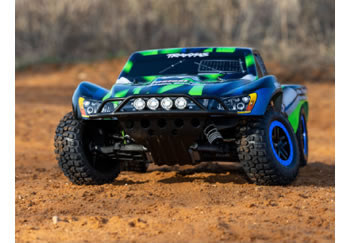
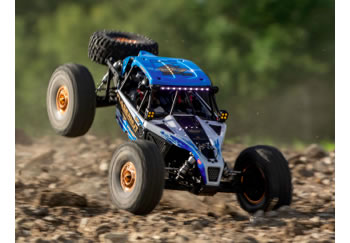
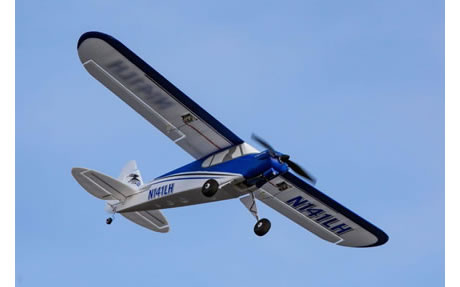
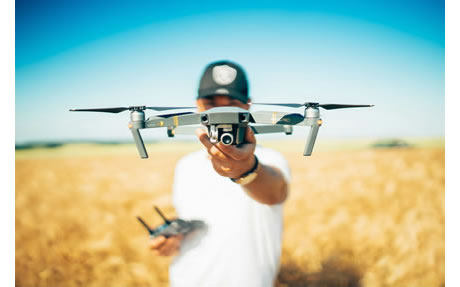

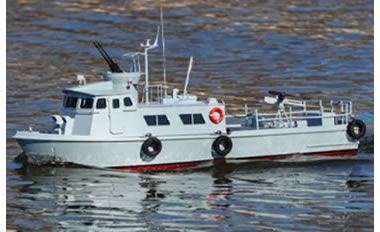
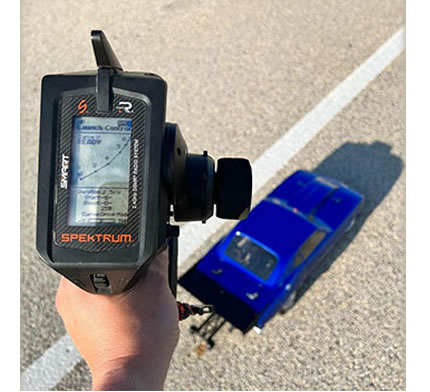
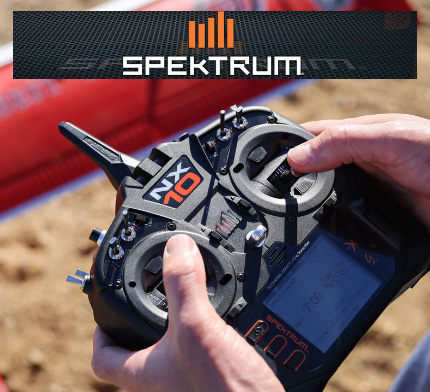
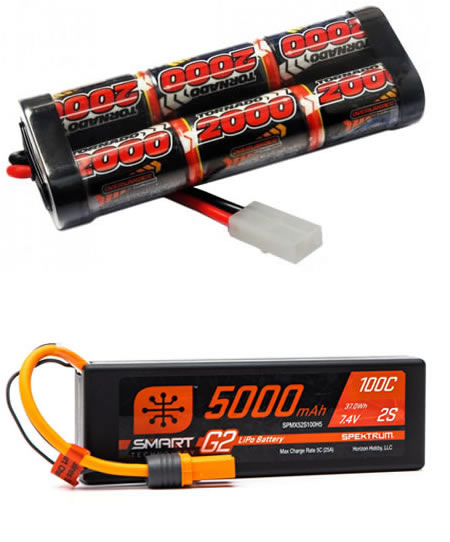
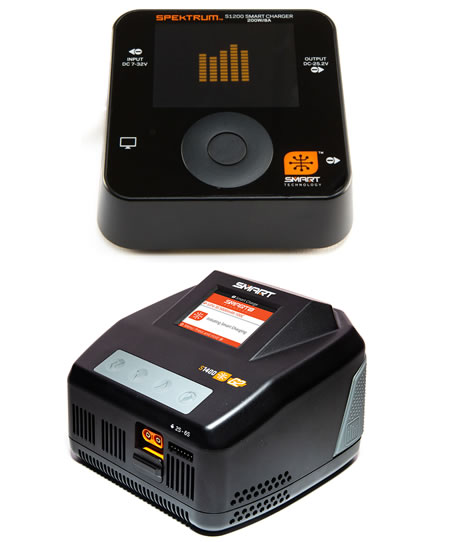

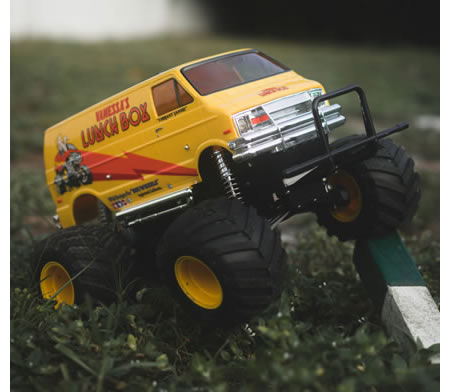


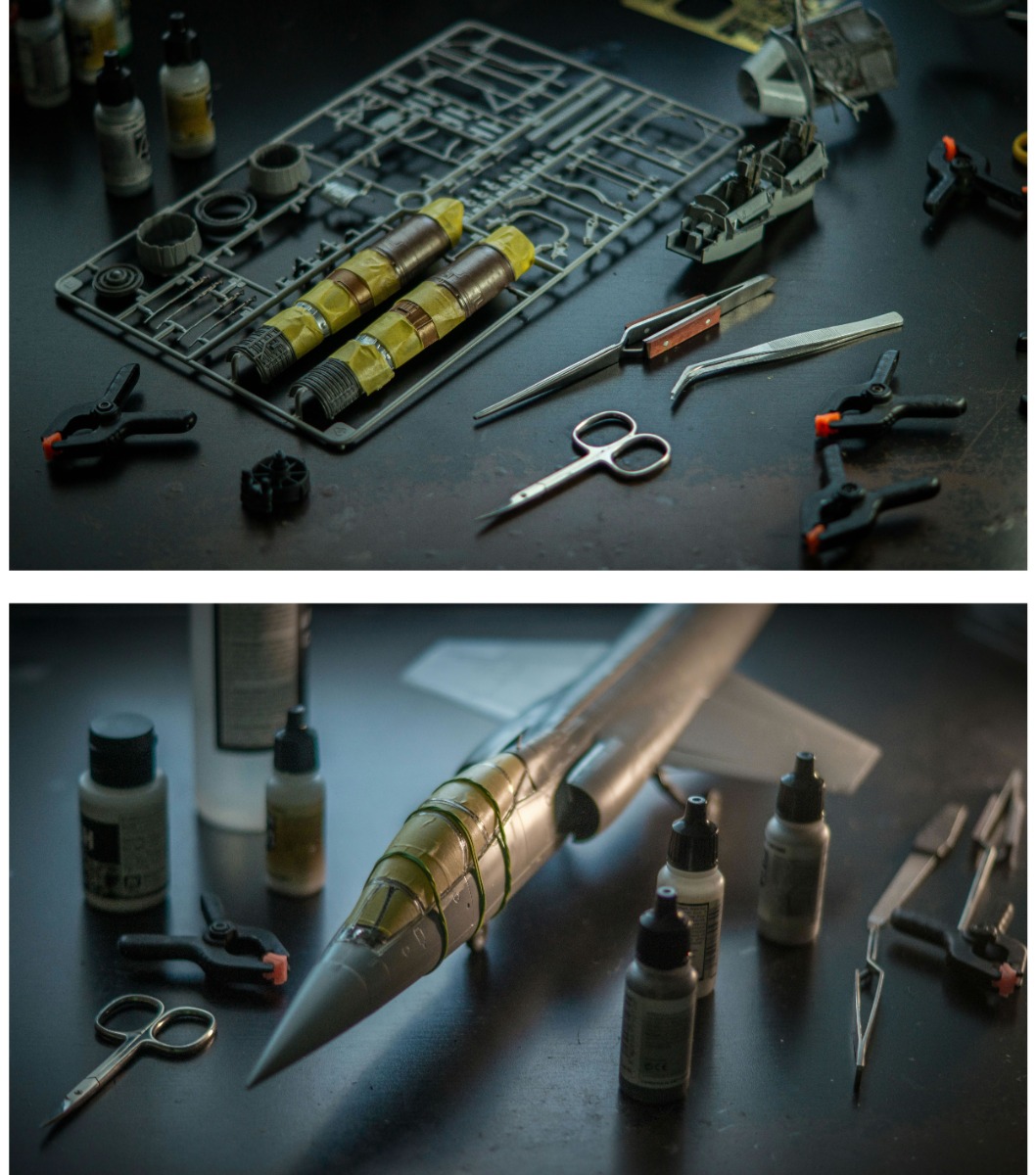
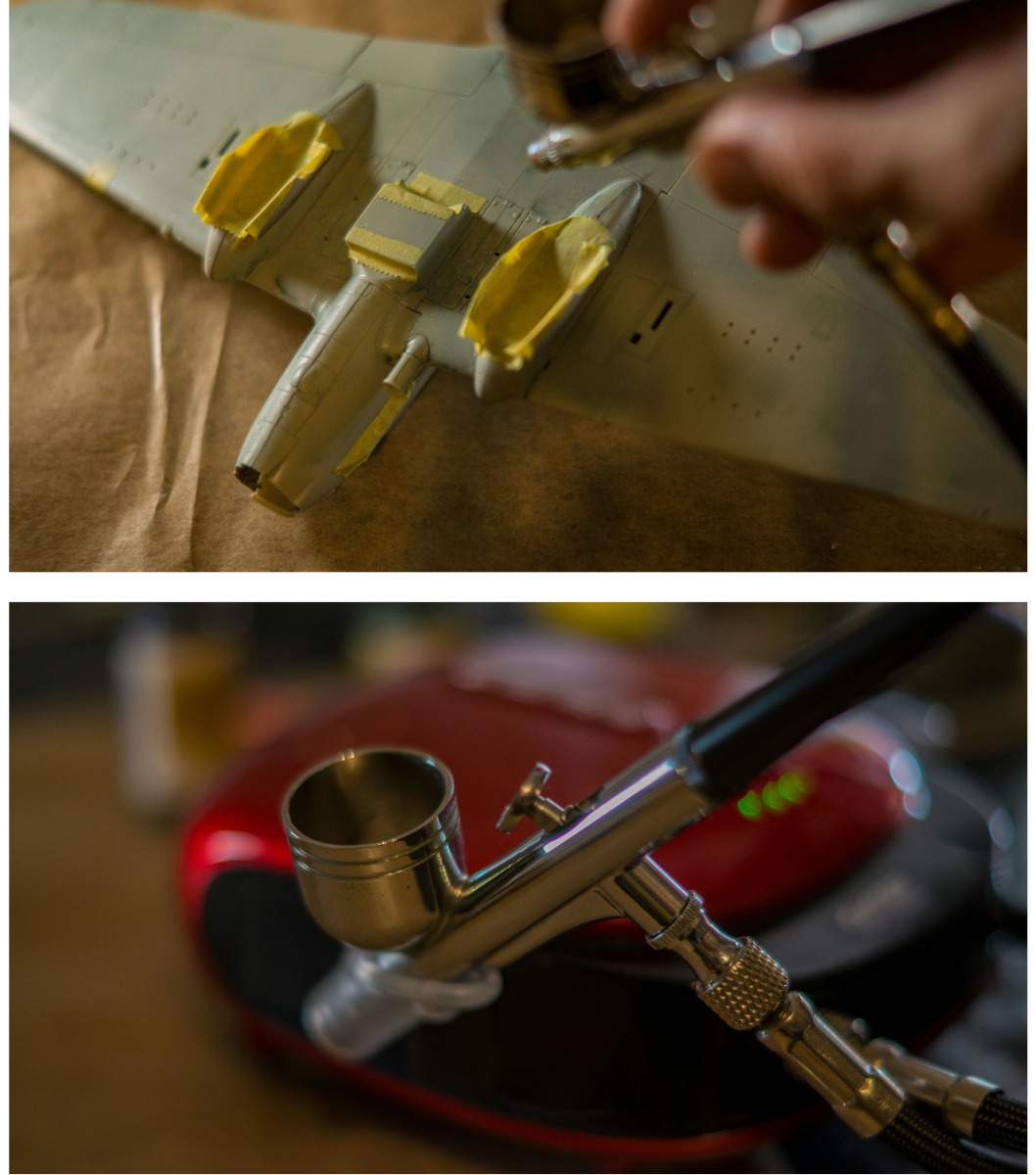
 Spread the cost with Paypal Credit
Spread the cost with Paypal Credit
 Spread the cost with Klarna
Spread the cost with Klarna




